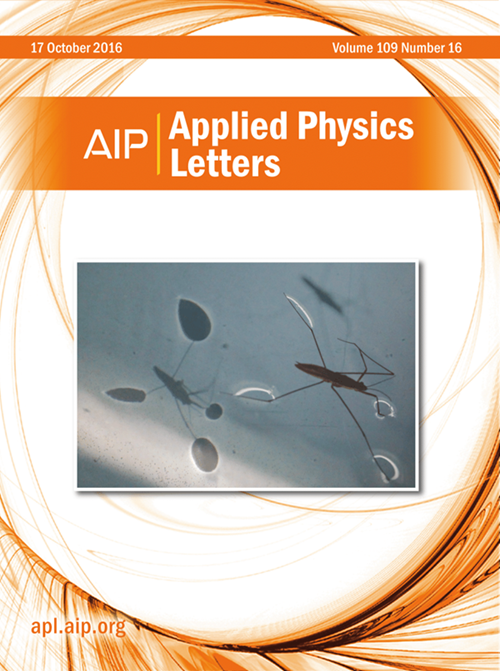基于TD-SCDMA光编码和多路复用的区域单像素成像
IF 3.6
2区 物理与天体物理
Q2 PHYSICS, APPLIED
引用次数: 0
摘要
与传统的依赖平面阵列探测器的成像方法不同,单像素成像(SPI)利用单个探测器来获取图像,没有空间分辨率。然而,利用SPI实现高分辨率重建通常需要大量的测量,这限制了SPI的发展。为了在高分辨率和帧率之间取得平衡,提出并演示了一种基于光编码和复用的SPI方法。该方法通过对光照模式调制的光束进行正交空时编码,实现采样密度在目标不同子区域的再分布。光复用后,组合光强由单像素检测器采集并解码重建每个子区域。因此,与低采样密度的子区域相比,高采样密度的子区域表现出更高的细节分辨率,更接近人类的视觉感知。这项工作克服了传统SPI方法在整个视场中施加统一分辨率的局限性。引入空时编码后,采样密度可以在不同区域间灵活分配。这使得在低整体采样率下重建大规模场景,同时仍然在选定的感兴趣区域实现更高的分辨率。此外,该方法可以与各种重建算法集成,进一步降低计算成本和获取时间。本文章由计算机程序翻译,如有差异,请以英文原文为准。
Optical encoding and multiplexing based regional single-pixel imaging via TD-SCDMA
Different from traditional imaging methods that rely on plane array detectors, single-pixel imaging (SPI) utilizes a single detector without spatial resolution to acquire images. However, achieving high-resolution reconstruction with SPI typically requires a large number of measurements, which limits the development of SPI. To achieve a balance between high resolution and frame rate, an SPI method based on optical encoding and multiplexing is proposed and demonstrated. In this method, the beam modulated by illumination patterns is subjected to orthogonal space-time encoding to achieve the redistribution of sampling density across different sub-regions of the target. After optical multiplexing, the combined light intensity is collected by a single-pixel detector and decoded to reconstruct each sub-region. Consequently, sub-regions assigned higher sampling densities exhibit improved detail resolution, more closely matching human visual perception compared to those with lower sampling. This work overcomes the limitation of traditional SPI approaches that impose uniform resolution across the entire field of view. With the introduction of space-time encoding, sampling density can be flexibly allocated among various regions. This enables the reconstruction of large-scale scenes at a low overall sampling rate while still achieving higher resolution in selected regions of interest. Moreover, the proposed method can be integrated with various reconstruction algorithms to further reduce computational costs and acquisition time.
求助全文
通过发布文献求助,成功后即可免费获取论文全文。
去求助
来源期刊

Applied Physics Letters
物理-物理:应用
CiteScore
6.40
自引率
10.00%
发文量
1821
审稿时长
1.6 months
期刊介绍:
Applied Physics Letters (APL) features concise, up-to-date reports on significant new findings in applied physics. Emphasizing rapid dissemination of key data and new physical insights, APL offers prompt publication of new experimental and theoretical papers reporting applications of physics phenomena to all branches of science, engineering, and modern technology.
In addition to regular articles, the journal also publishes invited Fast Track, Perspectives, and in-depth Editorials which report on cutting-edge areas in applied physics.
APL Perspectives are forward-looking invited letters which highlight recent developments or discoveries. Emphasis is placed on very recent developments, potentially disruptive technologies, open questions and possible solutions. They also include a mini-roadmap detailing where the community should direct efforts in order for the phenomena to be viable for application and the challenges associated with meeting that performance threshold. Perspectives are characterized by personal viewpoints and opinions of recognized experts in the field.
Fast Track articles are invited original research articles that report results that are particularly novel and important or provide a significant advancement in an emerging field. Because of the urgency and scientific importance of the work, the peer review process is accelerated. If, during the review process, it becomes apparent that the paper does not meet the Fast Track criterion, it is returned to a normal track.
 求助内容:
求助内容: 应助结果提醒方式:
应助结果提醒方式:


